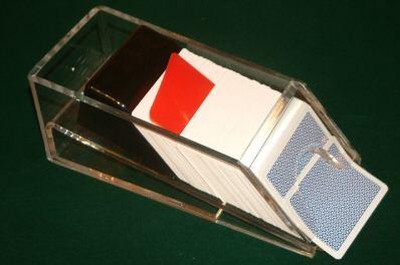
Credit: Dep. Garcia Wiki Commons
A blackjack player who occasionally dabbles in the game, or one that only plays for fun, will probably not give much thought to deck penetration – they might not even have heard of it at all.
Even those that know their basic strategy off by heart will be unlikely to pay too much attention to where the shoe is being cut, but for anyone who counts cards it is a major decider in whether to sit down and play, or just walk away.
Or at least it should be.
Often the focus is on the rules at the table, and making sure they are as favourable as possible, but card counters who treat deck penetration as an afterthought do so at their peril, because it can make a huge impact on your expected outcome.
Here is a brief article on what deck penetration is, and why it matters.
Deck Penetration: Cutting the Deck
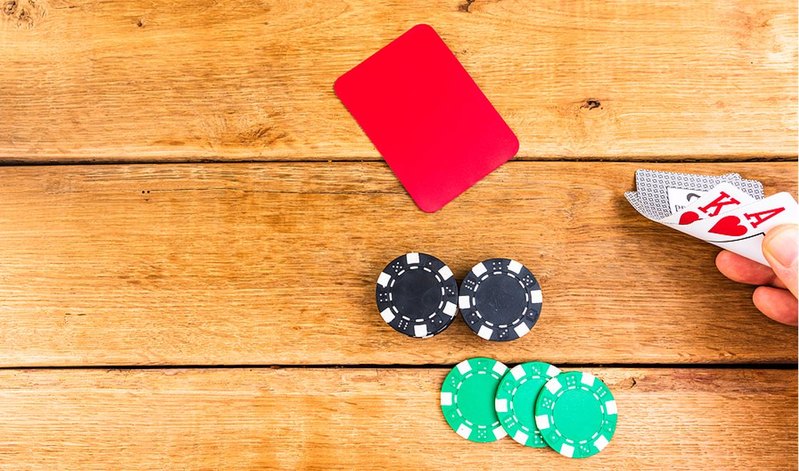
As well know, different blackjack variations are played using slightly different rules, and different numbers of decks.
These slight differences can really hit you in the ‘edge’ though, giving RTP back to the house if you don’t choose and then play wisely.
It’s important then to understand deck penetration, so here goes: deck penetration is the point at which the shoe is changed or reshuffled. Put another way, it is how deeply into the shoe the dealer will continue to deal before swapping or re-shuffling.
When the dealer takes a new shoe of cards they will use a ‘cut card’ to cut the deck. This is a plastic card, usually brightly coloured, that is inserted into the deck at a certain point, and only the cards in front of the cut card will be dealt in that game. When the dealer gets to the cut card, the shoe is swapped and reshuffled.
This happens mainly to foil card counters, who need as many cards to be dealt as possible in order to gain the most advantage from their counting, so exactly where in the shoe that card is inserted is paramount.
This is the penetration. Some casinos are stricter on this than others about where this happens, which makes certain casinos a good target for card counters, and others a no go zone.
What is Considered Good Deck Penetration in Blackjack?
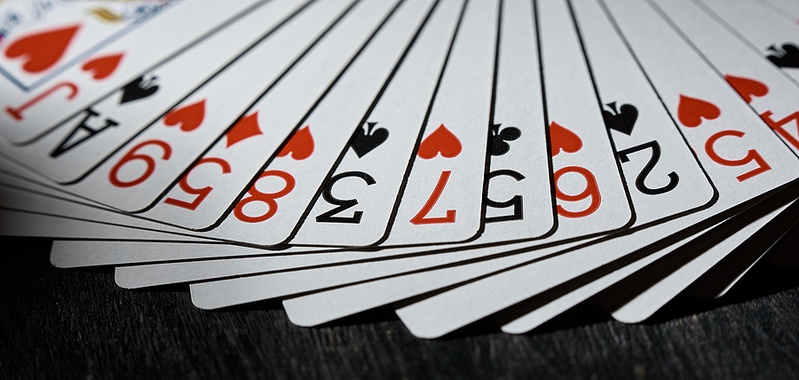
It depends on how many decks are being used, but the general rule is the deeper the better.
Most games are played with 6 or 8 decks these days, and you can see in the table below what is generally considered to be poor, average, and good deck penetration.
| # Decks | Poor | OK | Good |
|---|---|---|---|
| 6 Deck Game | 2 or more | 1.5 | 1 or better |
| 8 Deck Game | 2.5 or more | 2 | 1.5 or better |
The numbers here refer to how many decks are discarded after the cut card. So with an 8 deck game you are looking for penetration no earlier than 6 decks in, so an absolute maximum of 2 decks should be behind the cut card.
The only way to get this information is by watching the game for yourself, the casinos won’t advertise their deck penetration, so it can be helpful to look at it as a percentage as well in order to judge visually.
You want to see the cut card go in no less than 75% (three quarters) of the way into the shoe, regardless of how many decks are being used. Anything above that is great, anything below should be left alone.
Why is Deck Penetration Important in Blackjack?
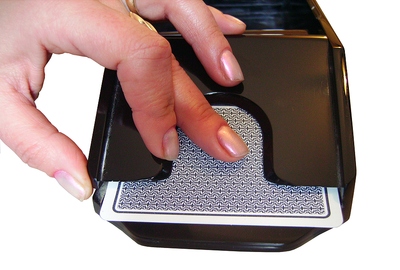 It’s only really important to card counters, so if that’s not your thing you don’t have to worry about it.
It’s only really important to card counters, so if that’s not your thing you don’t have to worry about it.
For anyone keeping a count though, it should be self-evident why deck penetration is important, but if you need to swot up on card counting you can do so here.
At the start of a shoe all of the cards are still to be dealt, so your count means very little for the first chunk of the shoe. It’s only when a good number of cards have been used that you can get some idea of whether or not what is left in the shoe is going to be favourable or not.
Thus, a shoe that is reshuffled or swapped too early destroys your count before it has had a chance to become effective.
The game needs to run long enough with the same shoe in play for the count to become true, because only at that point can you start to increase your bets with any confidence. If the casino never allows the game to run long enough for the count to become true then all of your initial work and the money spent to get to that point is wasted. The count is worthless and you have to start again.
On the other hand, a shoe that is dealt deep enough for the count to become true and then allowed to run even longer is the holy grail. Because once you have reached a true positive count you are in the sweet spot and want to stay there for as long as possible.
Deck Penetration vs Rules
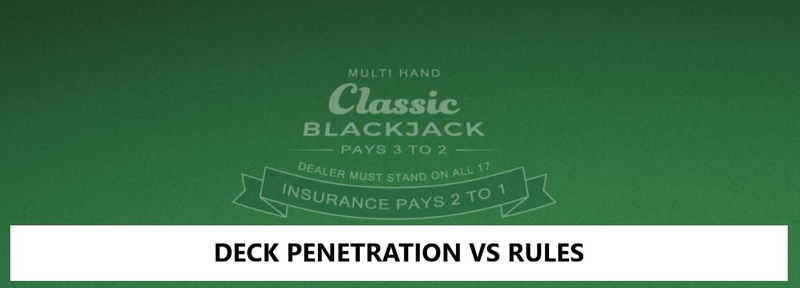
One last thing to touch on is that the table rules must also be favourable if you want to come away from the game with a better bank than you went in with; deck penetration isn’t going to be effective on its’ own.
There are all number of alternative blackjack games out there, with different casinos setting their own rules on some tables but not on others, some casinos instructing their dealers to cut early in the shoe and some late, some casinos that come down quickly on suspected card counters and others who are happier to let the game run on longer.
All of these variables make it impossible to give a specific set of criteria that you should be looking for as a card counter, but if you know enough about all of these different facets of the game then you should be able to make an informed decision about whether or not to play at a specific table.
The rules you want to be looking for are below, along with the impact they have on the house edge:
- Double on any hand: -0.25%
- Dealer stands on soft 17: -0.20%
- Double after splitting allowed: -0.17%
- Re-splitting Aces allowed: -0.08%
- Late surrender allowed: -0.07%
If you can find a game with decent penetration and all of these rules in play then you should be very pleased with yourself indeed, but in a game with excellent penetration and poor rules – perhaps one that only pays 6:5 on natural blackjack – the penetration won’t necessarily make up for the unfavourable payout. A game paying 6:5 actually increases the house edge by 1.39%, for example.
So it’s a balancing act.
You have to judge each game on its merits to decide whether you think there is scope to get a return in the long run as a card counter.
